East Africa’s geothermal green energy revolution
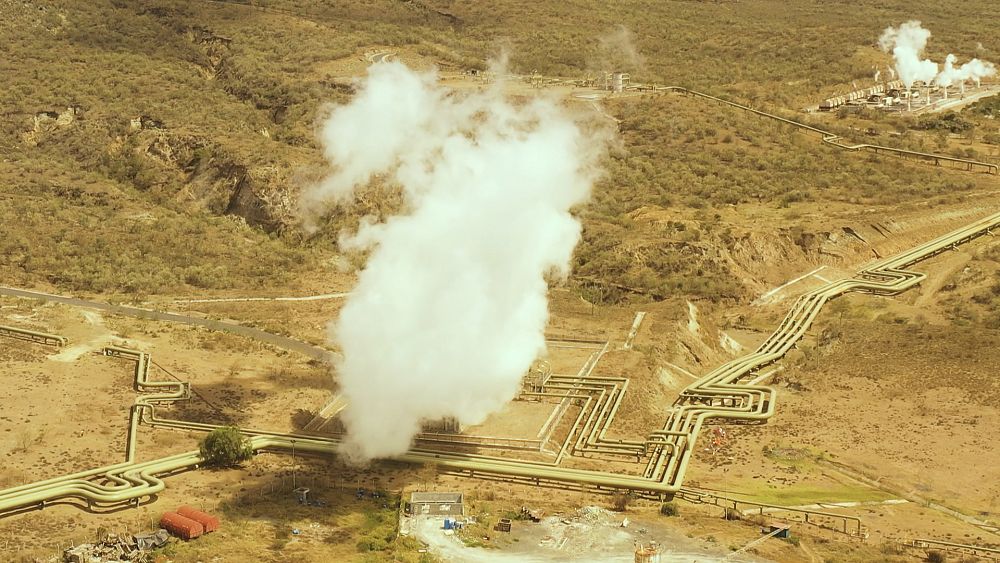

In Kenya’s Olkaria, on the edge of Hell’s Gate National Park, are five power plants that produce around 800MW of energy – that’s enough to power more than four million homes a year.
Here, the sound of green energy is like thousands of kettles boiling at once; it comes from the underground heat and steam and is the reason Kenya’s now the 7th largest producer of geothermal energy in the world, and is blazing a trail in the East African region.
What is geothermal?
The tectonic plates here – and across Africa’s Great East Rift Valley – are being forced together or wrenched apart, pushing super-heated steam close to the Earth’s surface.
Japan and other international partners have been working with Kenya to develop geothermal power for decades.

This geothermal power means Kenya – which also relies on hydroelectric power – can better cope with the effects of climate change.
Cyrus Karingithi is from Geothermal Resource Development, Kengen, Olkaria.
“We have a lot of droughts which have been with us for quite some time now, for the last 3 years and the country has not felt the impact of the drought in terms of power generation because of the geothermal installed in Kenya.”
And Olkaria is just the beginning, as Cyrus explains.
“Our geothermal potential is 10,000 MW from 23 sites and what we have installed to date is just from two sites, here in Olkaria and a small plant in Eburru. So we have a huge potential that is untapped, actually, I don’t think we have tapped one percent.”
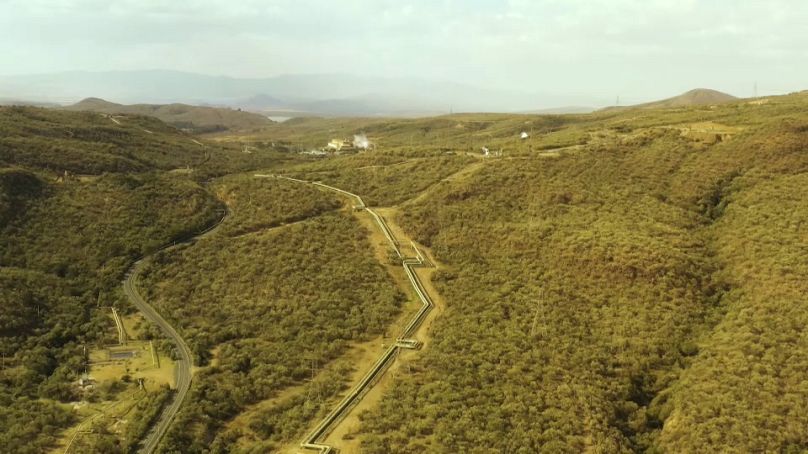
The Japanese International Cooperation Agency – JICA’s relationship with Kenya goes back decades and Japan has invested 852 million USD in Olkaria.
Iwama Hajime is the Chief Representative of JICA in Kenya.
“They can utilise their own resources, there is no need to import energy. The price of geothermal power is very low and it is a clean, zero carbon emission energy.”
Geothermal opportunities across East Africa’s Great Rift Valley
Geothermal opportunities exist across East Africa’s Great Rift Valley – in Ethiopia, a geothermal power plant in the Aluto Langano region is under construction.
Ethiopia’s main power source, hydroelectric, has become unstable due to the impact of climate change. But it has abundant geothermal potential – approximately 10,000 MW of electric power. In Djibouti, geothermal power production is in its infancy.
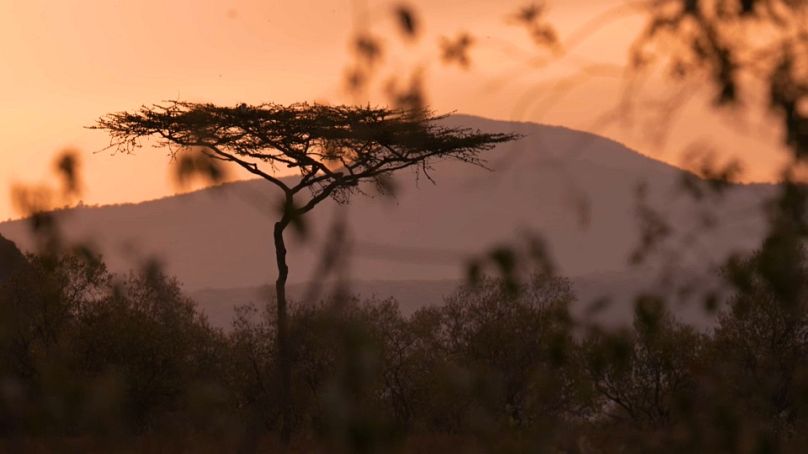
Narrowing down the perfect location takes time and includes satellite and then surface surveys, as well as gas analysis.
Geothermal exploration demands money upfront – one well costs about 500 million USD.
Masuda Kanako is the Project Formulation Advisor, for JICA in Djibouti.
“There is 1000MW of potential in Djibouti and the current demand for electricity in Djibouti is several hundred megawatts so if we can develop one-tenth of the potential this will be a big impact on the energy mix of this country.”
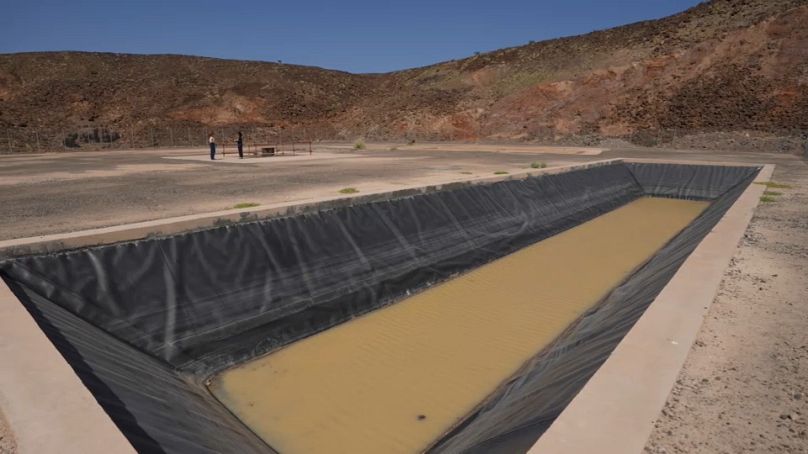
Outside of the main towns and cities electricity can be scarce but in the village of As Eyla villagers have near round-the-clock power thanks to solar, and it’s been life-changing.
Mohamed Kabila is a shopkeeper here.
“Today we have solar electricity. Before it was dark, really dark and it was very hot, we couldn’t stay inside, and we had to close at 11. Today, we stay inside all day. Inside, there is also a freezer with water, Coke, and Fanta, and we can keep food, meat, chicken, everything. Before, we used to pay for diesel, but now we use solar energy to earn more money.”
East Africa’s immense underground heat is driving a green energy revolution, leading country after country down the road to 100 percent domestically produced renewable energy.
Journalist • Richard Cadey


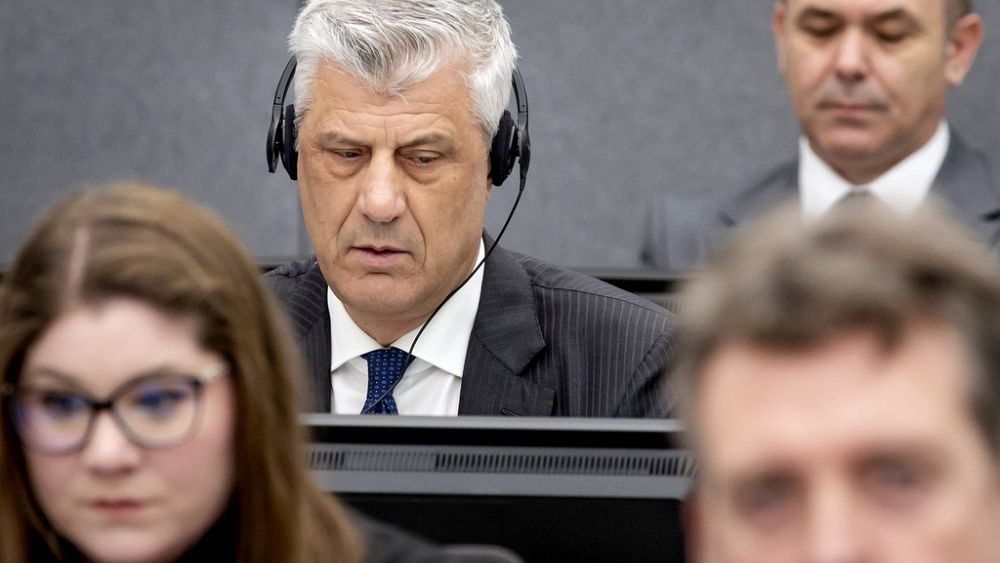
Leave a Comment